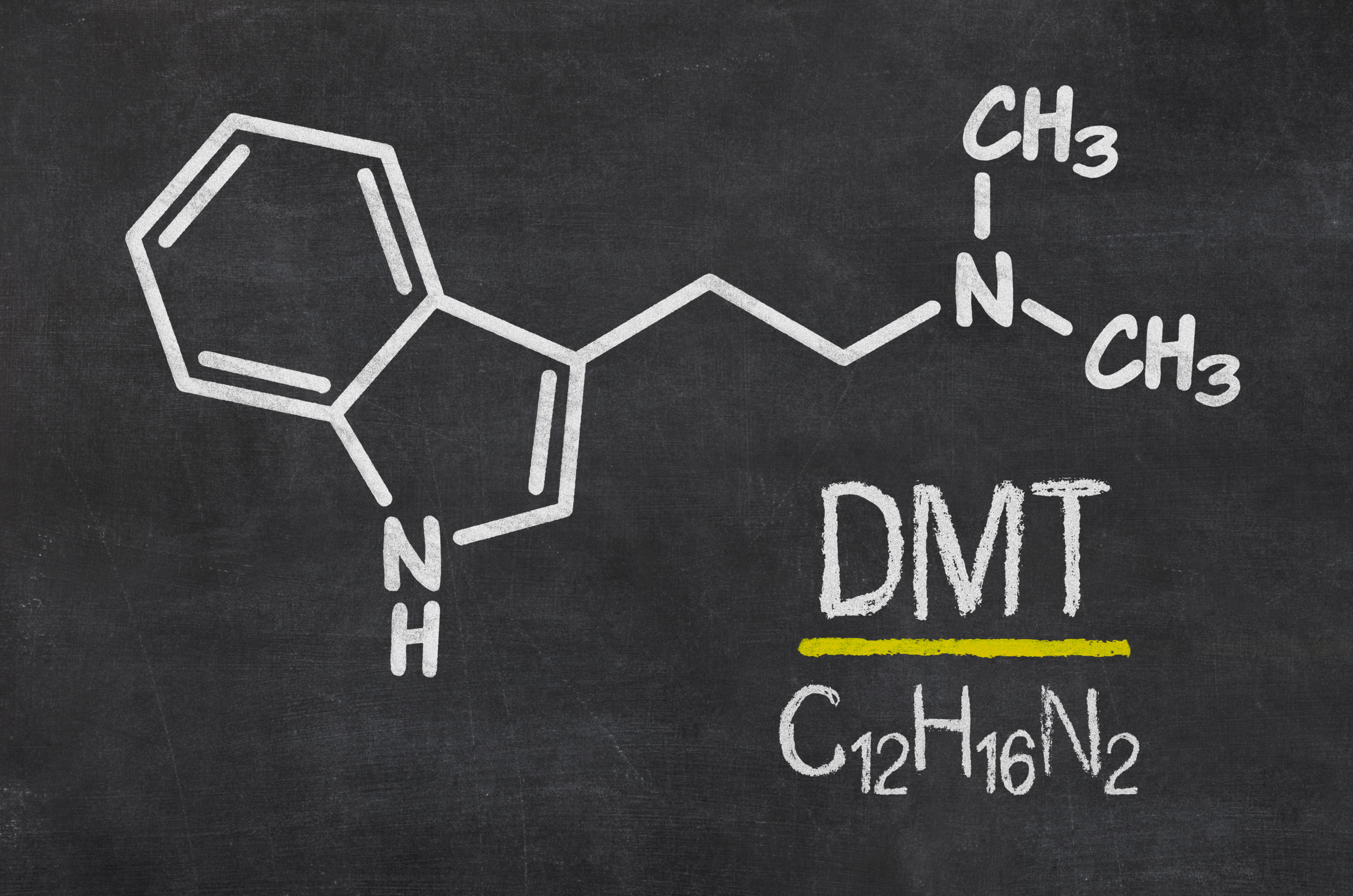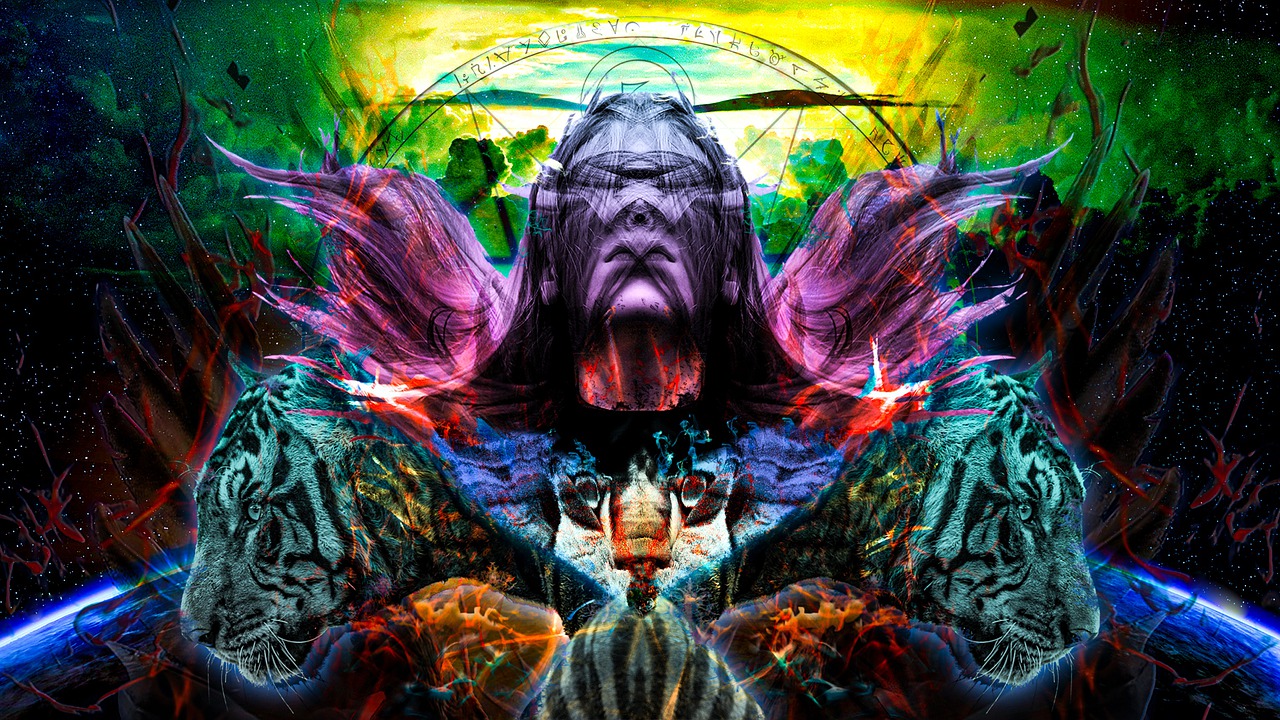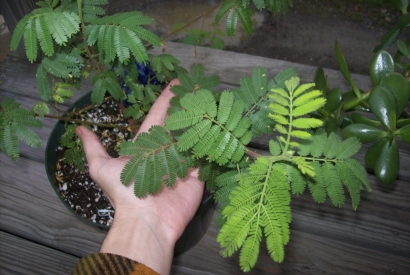What DMT is and what it is used for | EDABEA
DMT, also known as dimethyltryptamine, is a psychedelic compound found in various plants and animals, including certain types of cacti, ayahuasca, and the human pineal gland. It is one of the most powerful psychedelic substances and also one of the least understood.
DMT is typically consumed in the form of white powder or crystals, and can be smoked, inhaled, or drank as tea or infusion. Its effects are short-lasting, typically lasting between 5 and 30 minutes, but can be extremely intense and even traumatic for some people.
History of DMT
DMT has been used for centuries in rituals and ceremonies of indigenous cultures in South America, where it is consumed as ayahuasca, a psychoactive drink made from a mixture of plants. It was first synthesized in 1931 by Canadian chemist Stephen Szára, who investigated its psychoactive properties. Since then, DMT has been the subject of study and experimentation by scientists and psychedelic enthusiasts worldwide.
How DMT Acts in the Brain
Although little is known about how exactly DMT acts in the human brain, it is believed to interact with serotonin receptors, causing an increase in brain activity and a change in perception and consciousness. The psychedelic effects of DMT are similar to those of other psychedelic substances such as LSD, psilocybin, and mescaline.

Effects of DMT
The effects of DMT can be extremely intense and vary from person to person. Some users report profound and transformative spiritual experiences, while others describe more negative and disturbing experiences. Physical effects of DMT can include tachycardia, high blood pressure, nausea and vomiting.
The psychological effects of DMT are also very intense. Users may experience radical changes in their perception of themselves, time, space and reality in general. They may also experience intense visual hallucinations and alterations in thinking and cognition.
The use of DMT in therapy
DMT has been the subject of research in the field of psychotherapy and has been shown to have therapeutic potential for the treatment of anxiety, depression and other mental disorders. However, more research is needed to determine its efficacy and safety in a therapeutic setting.
The use of DMT in spirituality
DMT has also been used in spiritual and religious contexts, as part of rituals and ceremonies in several indigenous cultures.
Psychiatrist Rick Strassman, who conducted a study on the effects of DMT in humans in the 1990s, suggests that DMT may be related to religious and spiritual experiences in different cultures and religions around the world. Strassman noted that many of his subjects reported having encounters with divine beings or entities during their DMT trips, suggesting a possible connection between the molecule and religious experience.

DMT has been studied by many researchers and scientists over the years, both in humans and animals. Some studies have shown that DMT may have therapeutic properties, such as reducing anxiety and depression. It has also been shown that DMT can increase creativity and problem-solving abilities.
However, studies on the long-term effects of DMT are limited, and its recreational use may also have negative health effects.
Despite the potential risks, DMT remains a subject of interest to the scientific and spiritual community. Many people use it in religious ceremonies and in search of deep spiritual experiences. Some researchers have even suggested that DMT may be related to near-death experiences and may be a useful tool to better understand human consciousness.
Some plants containing DMT:
The percentage of DMT in these plants can vary depending on several factors such as geographical region, time of year, age of the plant and extraction method used. Some approximate values of DMT reported in the literature are listed below:
Mimosa tenuiflora (also known as Mimosa Hostilis, Jurema or Tepezcohuite): 0.31% to 1.8%.
Diplopterys cabrerana (Chaliponga): 0.36% to 1.2%.
Psychotria viridis (Chacruna): 0.1% to 0.61%.
Acacia spp. (especially Acacia confusa and Acacia acuminata): 0.5% to 2.5%.
Desmanthus illinoensis: 0.05% to 0.36% Desmanthus illinoensis: 0.05% to 0.36
Phalaris arundinacea (reed grass): 0.005% to 0.09%.
Phalaris brachystachys: 0.2% to 0.5%
Virola spp.: 0.1% to 0.8%.
It is important to note that the DMT in these plants is in a form that is not orally active, so specific preparation methods are required to extract and activate DMT. In addition, their use may be illegal in some countries, so it is important to research local laws before attempting to use these plants.





